Refrigerated (Reefer) Transportation and Freight most complete guide Dantful
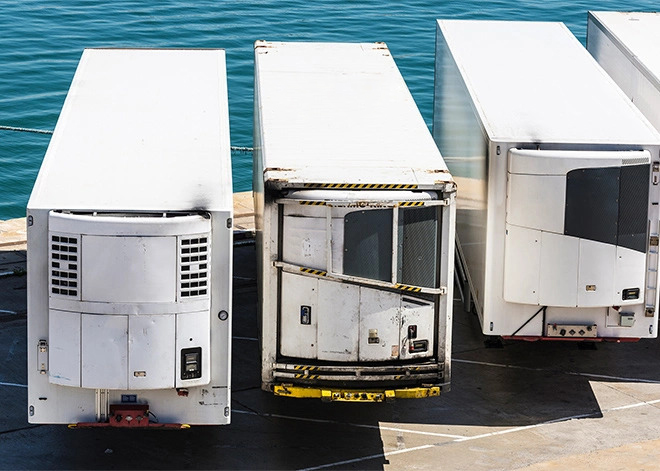
Food, beverages, and pharmaceuticals all rely heavily on refrigerated transportation. With refrigerated transportation, which is used to transport goods that need temperature control, grocery stores and restaurants would be full. There are three types of refrigerated transport, also known as refrigerated transport. Goods can be transported in refrigerated trucks, in refrigerated containers on freight trains, or refrigerated or passenger cabins on airplanes. In all three modes of transport, the cargo must be closely monitored throughout its journey.
There are many reasons why refrigerated shipping is so important. Let us take a look at some of them:
Meeting a major need: Refrigerated shipping is needed to move basic foods, such as fresh produce, meat, seafood, dairy, etc., that are always in high demand. The same is true for many pharmaceutical products, including vaccines.
Handling a wide variety of products: In addition to food and medicine, refrigerated shipping handles other items that need to be controlled for the climate. These items include chemicals, plants, flowers, personal care products, and valuable art and antiques.
Ensure protection: Coolers will not only prevent products from spoiling, but they will be able to prevent them from spoiling and losing value regardless of weather conditions.
Maintain cargo compliance: Rules and regulations are an important part of shipping food, chemicals, pharmaceuticals, and personal care products. Reliable cold storage ensures that shipments comply with these regulations. Now that you’re familiar with refrigerated shipping, what types of products require it, and some of its benefits, Dantful will take you through the rest of the best practices when using it.
Refrigerated shipping Best practices
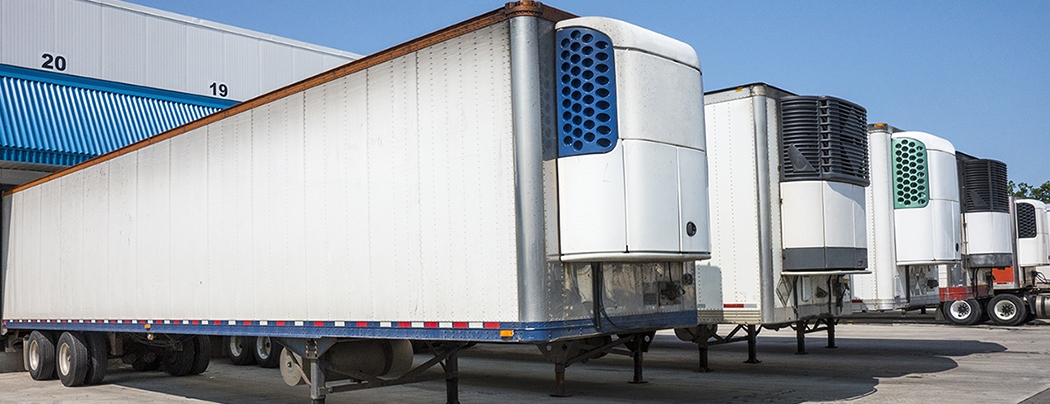
It is important to handle all aspects of refrigerated shipping efficiently for these valuable and fragile shipments. Let us examine some of the best practices for refrigerated shipping.
Choose the right container
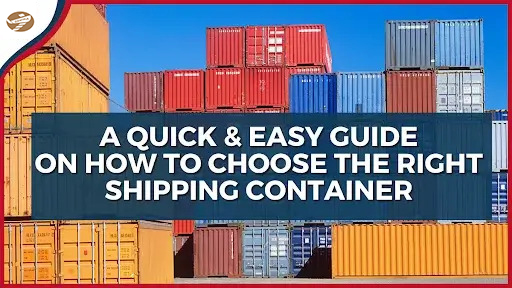
There are three types of containers: dry, insulated, and refrigerated. Dry cargo containers can hold dry goods and are the least expensive type of container.
Insulated containers do not refrigerate or heat cargo but can be used to protect cargo from thermal shock, humidity penetration, condensation, cross-contamination, and odor. They prevent damaging temperature spikes or drops that can ruin wine and other consumables, but they are generally more expensive than dry containers.
As we have already mentioned, refrigerated containers can handle perishables and other items that need climate control. Refrigerated containers refrigeration units circulate cold air like large refrigerators and are mostly digitally controlled. They are more expensive.
Then, the other two container types provide necessities not found in other containers.
In terms of capacity, there are two basic types of containers: 20-foot
containers and 40-foot containers. Both have refrigerated versions. With a 20-foot
container, the benefit is that it is more mobile than a 40-foot container, and it costs less. But the capacity is equal to that of a 40-foot container. The cubic capacity of a 40-foot container is about twice that of a 20-foot container.
Another factor may be the insulation used in the container, which enhances cooling and prevents outside temperature extremes from affecting the cargo. It can also help regulate the internal temperature.
When choosing between all of the above options, one question needs to be considered first: What temperature range must the goods be kept within to remain unspoiled? The container you use must be able to handle that temperature and ensure that your product is in good condition when it reaches its final destination.
Load and unloading
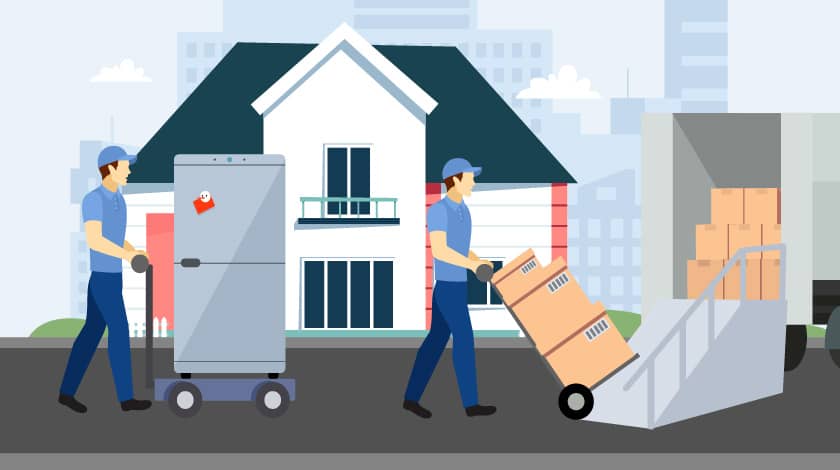
Once a container has been selected, much work must be done before the actual shipping can begin. The loading process can be divided into two categories. The first category is what needs to be considered and checked before loading, and the second is how the goods need to be packed.
Before loading
There are a few things to check off before you begin the actual loading. These procedures will help in more efficient and timely handling of goods when placing them in reefer containers:
Understand the type of cargo transported: perishable requires quick movement, some more than others. If you are not doing truckloads, you may be transporting different types of goods. This means you will want to verify that the cooler is suitable for different temperature zones and that there is enough room for the cargo and packaging. Please find out the minimum and maximum temperatures for each item to make sure it stays within acceptable limits.
Make sure there is proper airflow: Before you begin loading, make sure to account for airflow. You may need to add an air trough or T-track to the floor to help control airflow under flat cargo. With a flat truck floor, the cargo must be mounted on pallets so that air can flow easily underneath the cargo.
Cool before loading: Perishable goods must be kept at a consistent temperature during transit, whether or not they are in the truck. Therefore, cooling the truck to the right temperature in advance can counteract the heat that may travel through the truck’s walls.
Judge the number of pallets that can fit: Refrigerated trailers come in different lengths, the most commonly used size being 53 feet. Your cargo is placed on pallets to help with airflow, and you will need to pinpoint exactly how many pallets can fit in the trailer. In addition to the length, you will need to know the width of your trailer. Based on this, you can make a calculation. In a 53-foot trailer, you pass.
It usually holds 26 pallets, measuring an average of about 40 inches by 48 inches.
Make sure the paperwork is complete: If the paperwork needs to be filled out correctly, this can turn into a big problem when you get to your final destination. So, having a look at these documents before and during loading can save many headaches. LOADING The trailer is cool, the cargo is ready, the calculations are done, and the focus turns to the actual loading.
Packing the Load
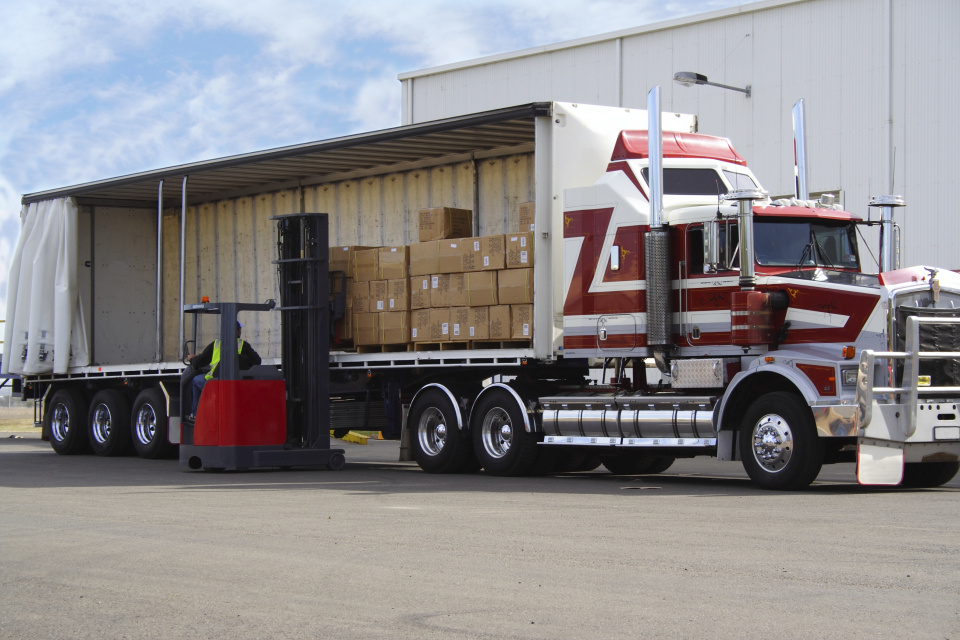
Here are some things to keep in mind when loading the car:
Time is of the essence: No matter what, it is crucial to move as fast as possible when loading cargo in a reefer container. But this is especially important if the cargo requires non-refrigerated handling before loading. This not only prevents the cargo from heating up but also reduces the likelihood of residual heat-induced hot spots carried by the cargo that can form in the trailer and affect other cargo.
Make sure there is proper clearance between the cargo: It is important to maintain good clearance between the cargo and the truck’s walls and ceiling. This should also be done if there are different types of cargo in the reefer container.
Here is a look at some ideal customs clearance guidelines:
- There should be at least 1 to 2 inches of space between the side wall of the trailer and the cargo.
- There should be at least 9 inches of space between the cooler’s ceiling and the cargo.
- There should be at least 4 inches of space between the goods and the rear end of.
- The truck near the door to double-check that the evaporator outlet is blocked.
Turn off the refrigeration unit while loading

Assuming that you cooled the truck before loading and that you have determined an effective plan to load the cargo quickly, you may In order to turn off the refrigeration unit during loading. There are several reasons why it is beneficial. First, it prevents fans from drawing hot air into the truck and may improve fuel efficiency. Second, the humidity may cause the product to freeze or thaw.
Follow any guidelines suggested by the shipper
In some cases, shippers want a specific inspection of their refrigerated cargo. These inspections should be conducted prior to and throughout the loading process. If a list is not provided, it may be necessary to check with the shipper to see if they have other instructions regarding the shipment.
Check the temperature
While the reefer container is in transit, the temperature monitor will constantly update the status of the cargo. But when loading and unloading the cargo, it is equally important to regularly check the cargo as it is put in or waiting to be put in to ensure it remains in the correct temperature range.
Load and unload cargo as you would load and unload cargo
When it comes to best practices for unloading, most of the tips mentioned above about loading still apply. It is just as important to make the transition from reefer containers to storage as it is to load them as quickly as possible. You want to avoid temperature control issues in the final stages of shipping.
Pre-Check
In addition to the above procedures, there are a few other boxes to check regarding the preparation and maintenance of reefer containers. Here are some steps that will help ensure the safety of the product.
Evaluate and clean
No one wants to start filling a reefer container that is dirty or may have some structural problem, so here are some tips on what to look out for or do before moving on to the loading stage:
- Check with the shipper to see if they have any specific cleaning guidelines. Some shippers have specific cleaning methods or lists of approved chemicals.
- Carefully inspect the reefer container you will be using. Look for any damage, such as problems with the ceiling, side walls, or doors that may affect the temperature the refrigerator must maintain.
- Run the refrigeration unit at high speed for at least 20 minutes to verify that the refrigeration unit is working properly.
- Make sure all debris inside the container has been cleared and cleaned to the shipper’s standards; this can be basic cleaning, or it may require disinfection. When it is carrying food or other odor-absorbing cargo, all areas of the container must be especially clean to limit the possibility of food contamination.
- Clean the drain pipe to make sure it drains smoothly.
Maintenance
Any equipment you use should be built with maintenance in mind. This is especially true when handling trailers transporting refrigerated goods. Any breakdown in transit can quickly mean that the shipment is ruined. Here are several maintenance methods that can improve the life of your refrigerated trailer:
Make sure all the functions on the temperature control panel are working properly. Check for oil spills.
Check the engine, belts, and hoses.
Check the tire pressure.
Check the body or other parts for damage.
Check the ventilation slots for clogs or holes that could change the temperature.
Shipping and delivery process
After making sure the reefer container is ready, and the cargo is loaded, the guard cannot be let down. Determining the most efficient route and ensuring communication and understanding to keep the cargo on the most timely path means reducing the risk of the cargo being subjected to undue pressure. If the cargo needs to be stored and protected at any point during transit, all partners need to be aware of this and have the necessary resources to deal with it. Temperature monitors should be used throughout the journey to track the temperature continuously and to issue real-time visibility alerts if there are any deviations. GPS location, container door status, and fuel status can also be relayed on the monitor.
Post-Trip Check
When the cargo is dropped off, make sure all the paperwork is in order and then look to see if everything on the vehicle or container is intact. Here is a list of some places to check:
- Refrigeration unit
- Temperature monitoring equipment
- Engine
- Brakes
- Tires
- Lights
- Seal
- Electrical system
- Rear axle
- Steering
- Transmission
- Instrument panel
- Mudflaps.
Use Refrigerated Shipping In Dantful

There are many challenges when dealing with services as important as refrigerated shipping and trucking. This blog shows how important it is to master every aspect of refrigerated shipping and the equipment used to complete the journey. To do this, you need a reliable partner with Experience and knowledge. Dantful is one such partner, and now it is all set! Contact us on Dantful and we can list the best options based on your needs. You now know all there is to know about refrigerated shipping. But one of the most important steps still needs to be included. Please click “Contact us,” and we will give you a list of the best shipping options for your goods.










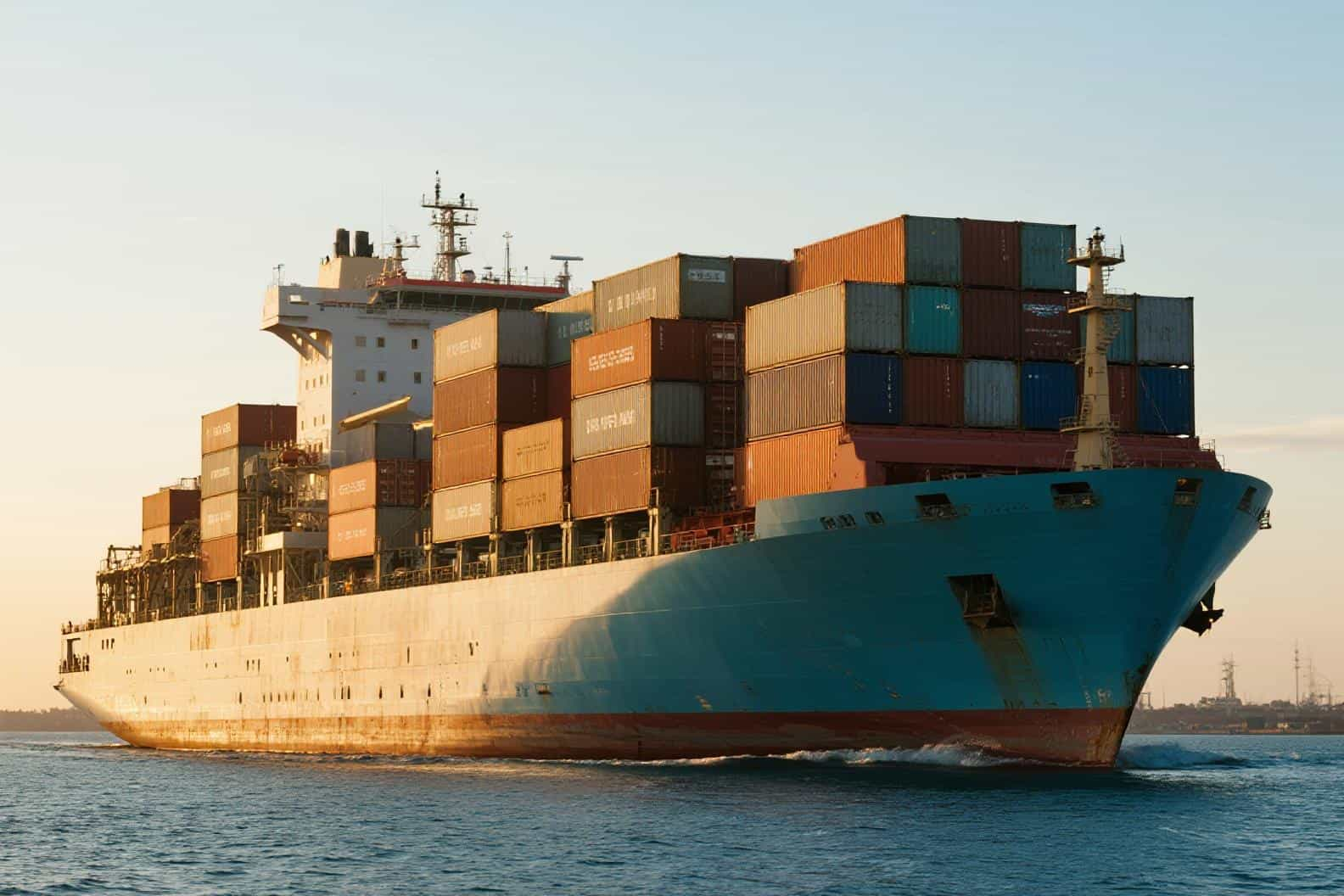


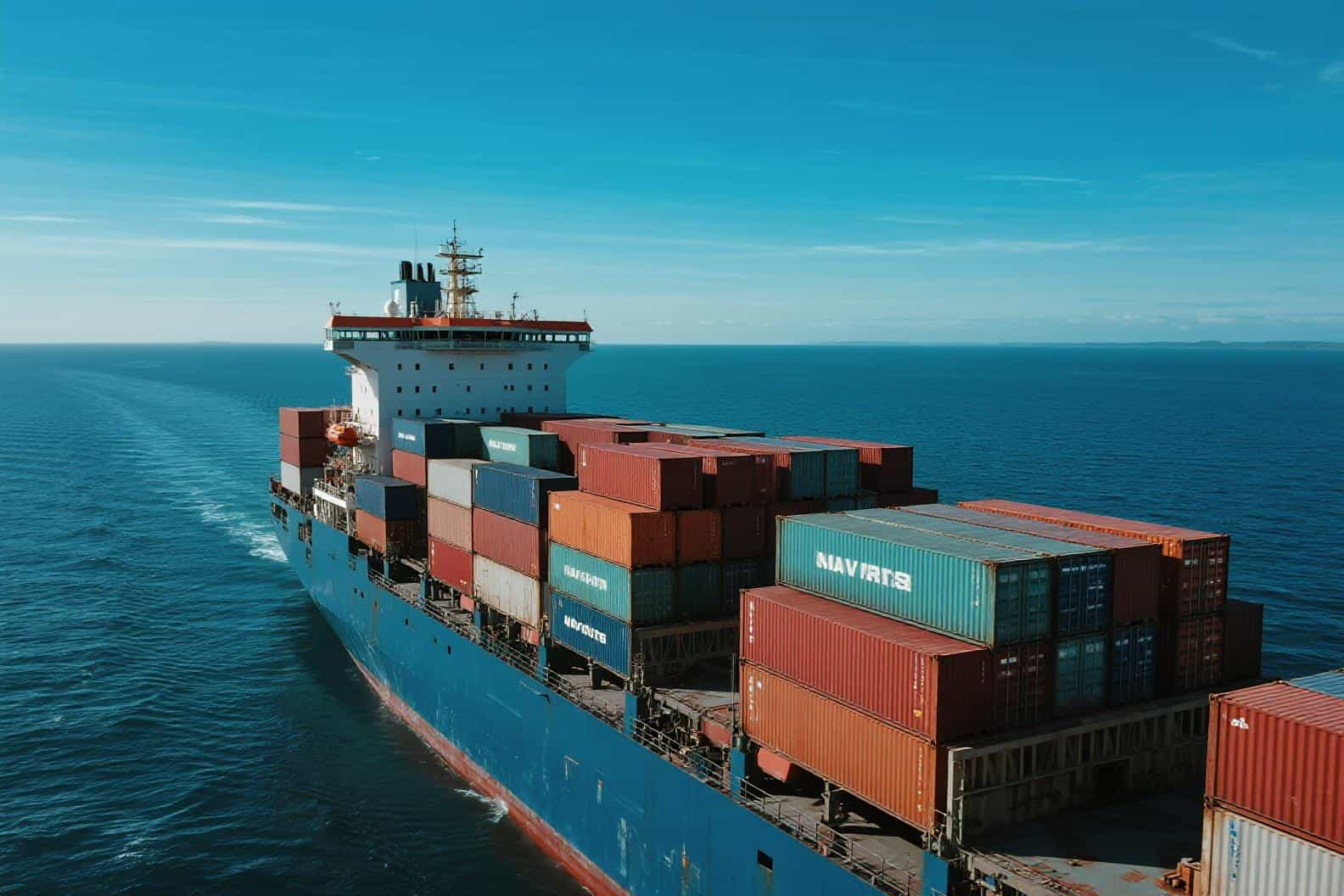






 Afrikaans
Afrikaans Shqip
Shqip አማርኛ
አማርኛ العربية
العربية Հայերեն
Հայերեն Azərbaycan dili
Azərbaycan dili Euskara
Euskara Беларуская мова
Беларуская мова বাংলা
বাংলা Bosanski
Bosanski Български
Български Català
Català Cebuano
Cebuano Chichewa
Chichewa 简体中文
简体中文 繁體中文
繁體中文 Corsu
Corsu Hrvatski
Hrvatski Čeština
Čeština Dansk
Dansk Nederlands
Nederlands English
English Esperanto
Esperanto Eesti
Eesti Filipino
Filipino Suomi
Suomi Français
Français Galego
Galego ქართული
ქართული Deutsch
Deutsch Ελληνικά
Ελληνικά Kreyol ayisyen
Kreyol ayisyen Harshen Hausa
Harshen Hausa Ōlelo Hawaiʻi
Ōlelo Hawaiʻi עִבְרִית
עִבְרִית हिन्दी
हिन्दी Hmong
Hmong Magyar
Magyar Íslenska
Íslenska Igbo
Igbo Bahasa Indonesia
Bahasa Indonesia Gaeilge
Gaeilge Italiano
Italiano 日本語
日本語 Basa Jawa
Basa Jawa ಕನ್ನಡ
ಕನ್ನಡ Қазақ тілі
Қазақ тілі ភាសាខ្មែរ
ភាសាខ្មែរ 한국어
한국어 كوردی
كوردی Кыргызча
Кыргызча ພາສາລາວ
ພາສາລາວ Latin
Latin Latviešu valoda
Latviešu valoda Lietuvių kalba
Lietuvių kalba Lëtzebuergesch
Lëtzebuergesch Македонски јазик
Македонски јазик Malagasy
Malagasy Bahasa Melayu
Bahasa Melayu മലയാളം
മലയാളം Maltese
Maltese Te Reo Māori
Te Reo Māori मराठी
मराठी Монгол
Монгол ဗမာစာ
ဗမာစာ नेपाली
नेपाली Norsk bokmål
Norsk bokmål پښتو
پښتو فارسی
فارسی Polski
Polski Português
Português ਪੰਜਾਬੀ
ਪੰਜਾਬੀ Română
Română Русский
Русский Samoan
Samoan Gàidhlig
Gàidhlig Српски језик
Српски језик Sesotho
Sesotho Shona
Shona سنڌي
سنڌي සිංහල
සිංහල Slovenčina
Slovenčina Slovenščina
Slovenščina Afsoomaali
Afsoomaali Español
Español Basa Sunda
Basa Sunda Kiswahili
Kiswahili Svenska
Svenska Тоҷикӣ
Тоҷикӣ தமிழ்
தமிழ் తెలుగు
తెలుగు ไทย
ไทย Türkçe
Türkçe Українська
Українська اردو
اردو O‘zbekcha
O‘zbekcha Tiếng Việt
Tiếng Việt Cymraeg
Cymraeg יידיש
יידיש Yorùbá
Yorùbá Zulu
Zulu